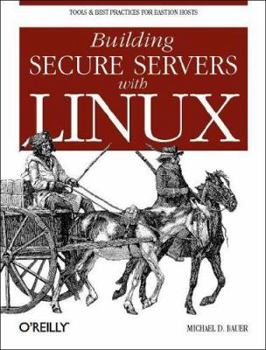Building Secure Servers with Linux
Select Format
Select Condition 
Book Overview
Linux consistently turns up high in the list of popular Internet servers, whether it's for the Web, anonymous FTP, or general services like DNS and routing mail. But security is uppermost on the mind... This description may be from another edition of this product.
Format:Paperback
Language:English
ISBN:0596002173
ISBN13:9780596002176
Release Date:October 2002
Publisher:O'Reilly Media
Length:448 Pages
Weight:1.55 lbs.
Dimensions:1.1" x 7.0" x 9.2"












